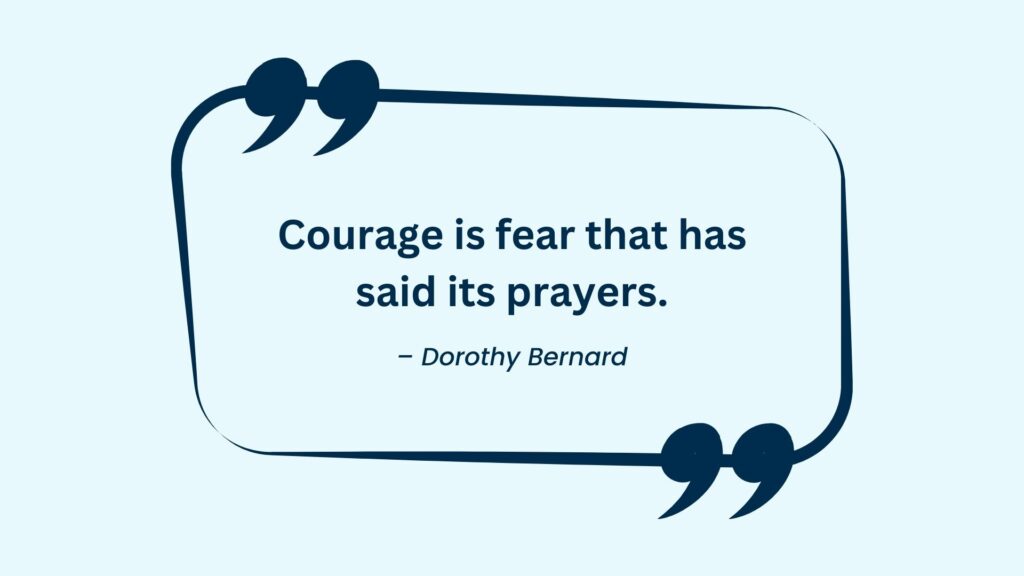Table of Contents [hide]
Are you struggling to write an introduction that captivates your readers’ attention and draws them into your story or article? Crafting a compelling opening paragraph is crucial for any writer, whether you are creating fiction or non-fiction content. It’s the first impression that sets the tone for everything else that follows. But don’t worry, we’ve got you covered! In this blog post, we’ll provide you with three simple steps to help you create an irresistible introduction that will hook your readers from the very beginning. So, let’s get started on mastering the art of writing captivating introductions!
Start with a bang
The first step to crafting an engaging introduction is to start with a bang. You need to grab your reader’s attention right from the beginning and make them want to keep reading. But how do you achieve this?
One way is by using a powerful opening line that immediately hooks your readers. This could be a shocking statistic, an intriguing question, or even just an impactful statement that sets the tone for what’s to come.
Another approach is by starting in medias res – Latin for “in the midst of things.” This means jumping straight into a scene or action without any preamble or backstory. It creates an immediate sense of urgency and excitement that can draw readers in.
Whatever method you choose, it’s important not to waste any time getting started. Don’t spend too long setting the scene or providing unnecessary exposition before diving into the heart of your story.
Remember, starting with a bang doesn’t mean simply being loud or flashy. It means finding creative ways to capture your reader’s interest and make them care about what comes next. With these tips in mind, you’ll be on your way to writing introductions that leave a lasting impact on your audience!
Introduce your character(s)
Introducing your characters is an essential element of crafting a compelling introduction. Your readers need to know who they will be following in the story and why they should care about them.
One way to introduce your character(s) is by providing a brief physical description, including their name, age, and any defining features that set them apart from others. However, it’s important not to get bogged down in too many details – you don’t want to overwhelm or bore your reader.
Instead, try to reveal something unique about the character’s personality or backstory that will make your reader interested in learning more. This could be anything from their occupation, hobbies or interests or even a quirky habit they have.
Another effective way to introduce your character(s) is through dialogue. By having them speak early on in the story, you can give readers a sense of who they are as individuals while also advancing the plot.
Whatever method you choose for introducing your characters, remember to keep it concise and engaging. You want readers invested in these people before moving forward with the rest of the story!
Also Read : Persuasive Essay Topics: Compelling Ideas to Influence and Convince
Set the scene
Setting the scene is an essential aspect of any introduction paragraph. It helps to establish a sense of time and place, immersing your reader in the story from the very beginning. When crafting your opening lines, think about where your story takes place and what kind of atmosphere you want to create.
For example, if you’re writing a horror story set in an abandoned hospital, you might start with something like this: “The wind whistled through broken windows and rusted metal frames as I stepped into the abandoned hospital.” This immediately sets up a creepy atmosphere while also giving readers a sense of where they are.
When setting the scene, it’s important to consider all five senses. What does your character see? Hear? Smell? Feel? Taste? By including sensory details in your introduction paragraph, you can transport readers directly into the world of your story.
Another way to set the scene is by using figurative language such as metaphors or similes. These literary devices can help create vivid images in readers’ minds and convey emotions that words alone cannot express.
Setting the scene is an integral part of crafting a compelling introduction paragraph. By carefully choosing descriptive details and utilizing literary devices, writers can hook their readers from the very first sentence.
Hook your reader with a question
When it comes to crafting a compelling introduction, one of the most effective ways to hook your reader is by asking them a question. This technique immediately engages your audience and encourages them to think about what you’re presenting.
But not just any question will do. To truly pique their interest, you’ll want to ask something that’s thought-provoking and relevant to the topic at hand.
Consider opening with a rhetorical question that sets the stage for what’s to come or challenges common assumptions related to your subject matter. For example, if you’re writing an article on sustainable living, you might start with:
“Do you ever wonder how much impact your daily habits are having on the environment?”
This not only gets readers thinking about their own actions but also highlights the importance of sustainability as a whole.
Another approach is to pose a more straightforward inquiry that ties directly into your main point. For instance:
“Have you ever stopped to consider how much money could be saved simply by reducing food waste?”
This type of question creates intrigue around an issue while driving home its relevance in concrete terms.
Incorporating questions into your introduction can help establish rapport with readers right off the bat and keep them invested throughout. Just make sure they’re well-crafted and genuinely thought-provoking!
Use strong verbs and active voice
When it comes to crafting a compelling introduction, the use of strong verbs and active voice can make all the difference. Passive voice can be dull and unengaging, while active voice adds energy and direction to your writing.
Start by choosing dynamic verbs that convey action and movement. Rather than saying “The dog was walked by me,” say “I walked the dog.” This creates a clearer image in the reader’s mind and makes your writing more lively.
Active voice also helps you establish yourself as an authority on your subject matter. It demonstrates confidence and clarity, which are essential for engaging readers. By using active voice, you show that you know what you’re talking about and are excited to share it with others.
It’s important to note that there may be times when passive voice is appropriate – for example, when emphasizing the object of a sentence rather than its subject. However, in most cases, active voice should be preferred.
Using strong verbs and active voice is one of the simplest ways to improve your introductions. Don’t rely on passive constructions or vague language – instead, choose words that pack a punch!

Be concise
When it comes to writing a compelling introduction, being concise is key. You don’t want to lose your reader’s attention before you even get started! One way to ensure that your introduction is succinct is by focusing on the most important pieces of information.
First, identify the main point or message that you want to convey in your introduction. Then, think about what supporting details are necessary for the reader to understand and engage with that point. Remember – less can be more!
Next, consider how you can convey those essential details in as few words as possible. This might mean eliminating unnecessary adjectives or cutting out any tangents that don’t directly relate to your main message.
Take a step back and look at your introduction as a whole. Does each sentence serve a clear purpose? Have you included all of the necessary information without getting bogged down in extraneous details?
By keeping these tips in mind and prioritizing concision in your writing process, you’ll be well on your way to crafting an engaging and effective introduction paragraph!
Also Read : Statement of Purpose Examples: Crafting Compelling Essays for Graduate School Applications
Edit, edit, edit!
Crafting a Compelling Introduction: 3 Simple Steps for Writers is an essential skill that every writer should master. By following these three steps, you can create an introduction that grabs your reader’s attention, introduces your characters and setting, and hooks them with a question.
Remember to start with a bang by using strong verbs and active voice. Introduce your character(s) and set the scene so that readers can visualize the story in their minds. Hook your reader with a question to keep them engaged.
Once you have written your introduction paragraph examples, it’s time to edit ruthlessly. Be concise and eliminate any unnecessary details or words. Ensure that every sentence serves its purpose by asking yourself if it adds value to the overall piece.
Read through your work several times checking for grammar mistakes such as punctuation errors or spelling mistakes. Editing helps you refine the ideas expressed in those first few sentences of your post ensuring coherence throughout.
In conclusion (just kidding!), crafting an effective introduction is vital when writing blog posts as it sets the tone for what readers expect from the rest of the content. Remember always to be original in each section while observing SEO optimization best practices such as incorporating relevant keywords like “introduction paragraph examples.” With these tips at hand, go ahead and write introductions that will grab readers’ attention right from the get-go!











